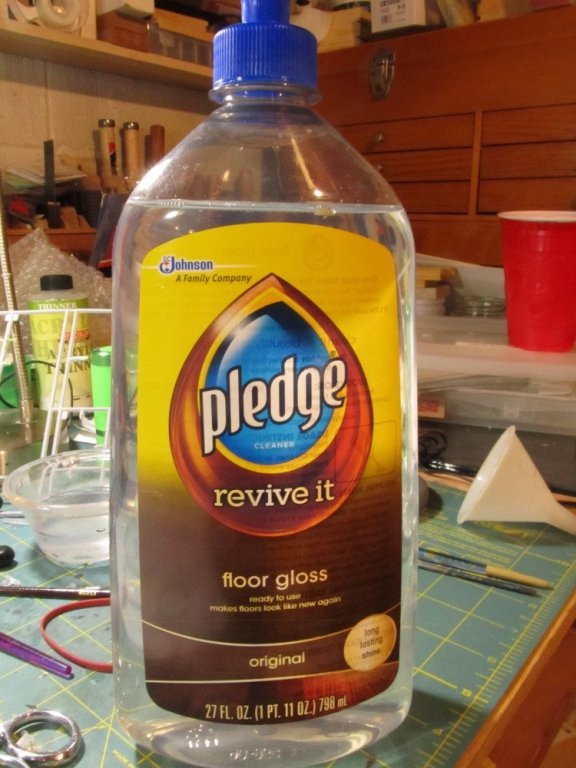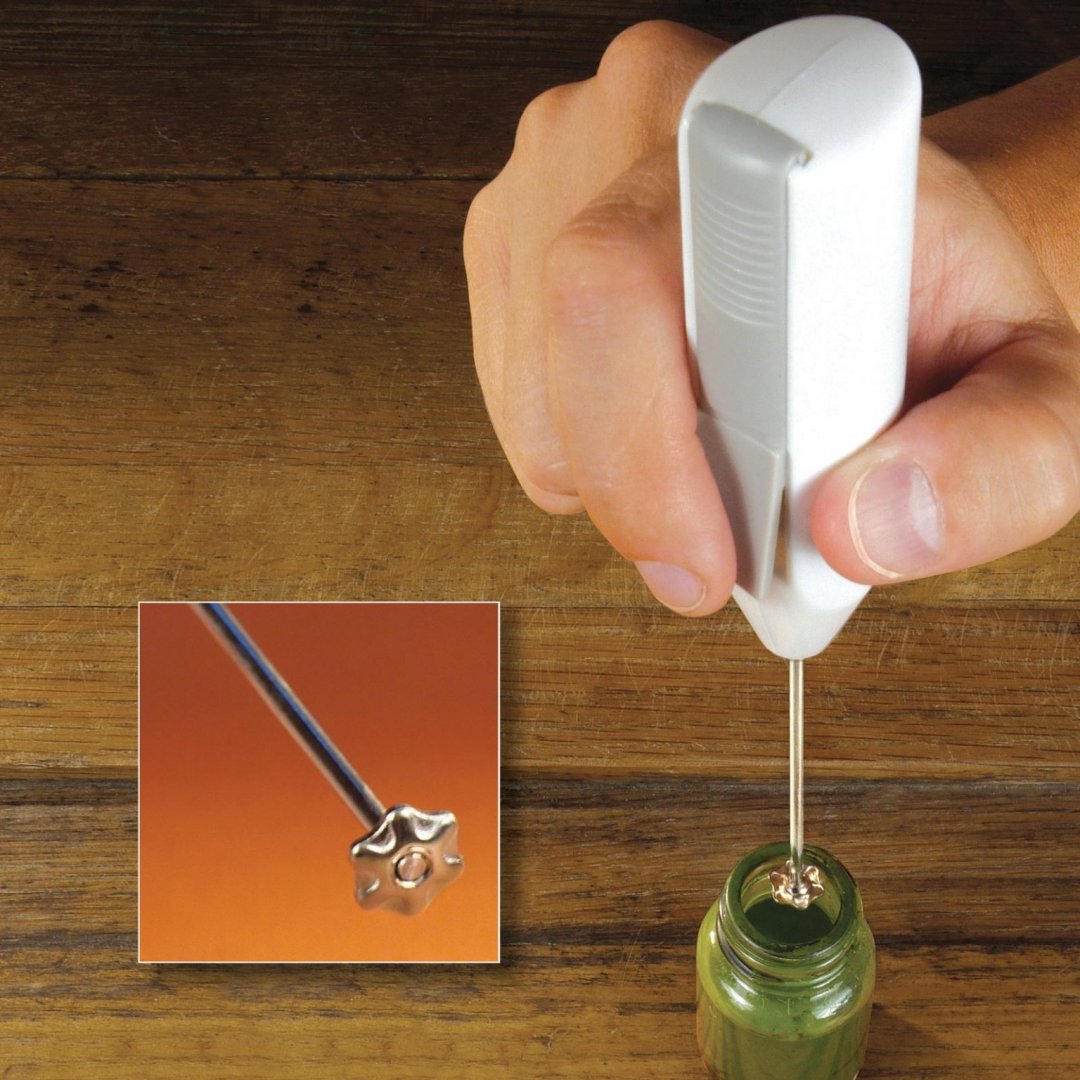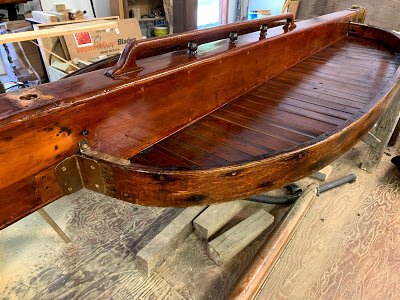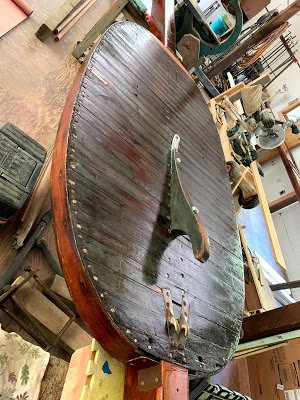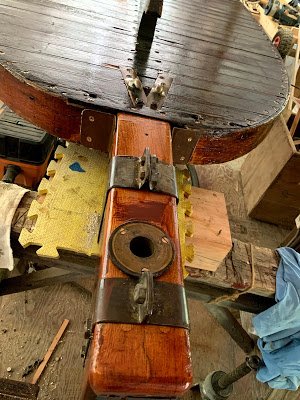-
Posts
5,662 -
Joined
-
Last visited
Content Type
Profiles
Forums
Gallery
Events
Everything posted by Jack12477
-

Greetings from Chicago and winter is coming
Jack12477 replied to ThirdCoast's topic in New member Introductions
America's Inland Fresh Water Sea aka Great Lakes = Northern Coast 😉😉😉😉😉 Oh yea! Canada's south coast Welcome to MSW, ThirdCoast -

Converting a Backyard Shed into a Model Workshop
Jack12477 replied to Hank's topic in Modeling tools and Workshop Equipment
-
I don't know with certainty but I would surmise it was named after the original yacht club to which the original owner belonged. The family in Iowa who sold us the boat so it could be returned to the Hudson Valley provided us with this information which they had received from the Manhasset Bay Yacht Club. "An original Hudson River racing ice yacht of the 350 ft class, it was designed and built by George Buckhout in Poughkeepsie NY around 1912. Buckhout and his father, Jacob who was really the pioneer in ice yacht design, built hundreds of ice yachts mostly for the rich and famous who resided on the Hudson. Jacob built the largest ice yacht in the world "Icicle" for John Roosevelt and George build one for Franklin Roosevelt ("the Hawk"). "The Manhasset" was the only yacht built by Buckhout that had a double cockpit. She was originally built for a naval architect by the name of Gardner, who was a member of the Manhasset Bay Yacht Club of Port Washington, Long Island, New York . The first owner of the "The Manhasset" gained attention by the wonderful qualities of the schooner, "The Atlantic", which won the race across the Atlantic Ocean in 1905. Garden's performance with smaller yachts stamped him as one of the leading naval architects of the world. In 1913, "The Manhasset" was listed with four other ice boats in the year book of the Manhasset Bay Yacht Club, and in the February 22, 1914, issue of "Yachting", the ice boat was racing with old-timers on Manhasset Bay. On January 20, 1918, The New York Times reported on the seven fastest ice boats engaged in two races over the 15-mile triangular course of the Manhasset Bay Yacht Club. "The Manhasset" took second place in the morning race and won the afternoon race. Again in 1926 and 1927, the boat was listed in the year book of the Manhasset Bay Yacht Club" And now it is back in the Hudson Valley owned by the Hudson River Ice Yacht Club, founded in 1885. Footnote: John A Roosevelt was one of the founders of the Hudson River Ice Yacht Club, its first Commodore, and was the uncle of Franklin Delano Roosevelt, 32nd President of United States
-
Well, we've completed the restoration of the Manhassett ice yacht on Saturday, 8/15. This past Tuesday, 8/20, a group of club members loaded her onto a member's truck and took her back across the river to Tivoli/Red Hook to be stored in her trailer in the barn until we get ice. We are tentatively going to do a setup and mast stepping on Saturday, 9/12 with a little celebratory champagne as social distancing allows. Some photos below: (3 coats of Marine Varnish applied) O Guides for the forestays that hold the bow down - countering the upward pull of the sails on the backbone The skeg is reattached - this protects the tiller (rear skate) from damage from an ice hummock and from falling into an open crack in the ice. It will bounce the stern upward if it hits something - it is also sacrificial. I will post photos later of the setup and mast stepping so you can see the ice yacht fully assembled. Then I guess it will be back to the basement bunker, err model shop, to resume working on the Constellation.
-
Glad you enjoyed it ! Check out this one with Brass Band taken on the same day, this one shows more of our fleet and the River. The band came down on their own from Bard College campus which is a couple miles upriver. Yes, the heeling, or hiking as ice boaters call it, is exhilarating but dangerous. I've seen runner planks snap under the strain, and boaters spin out while hiking. They do it for effect but it does slow the boat a bit. It puts a lot of strain on the boat unlike a hulled "wet water" boat. I am off to work on the restoration again today.
-
Thanks ! I hope you can get the internet problem resolved. The video shows how the boats are assembled kn the ice and then takes you for a ride, the cameras (4) were mounted on the boat for eye level views. BTW that is the Hudson River they are sailing on, the bridge in background is the Kingston-Rhinecliff bridge approx 2 miles in length.
-
I am surprised you are encountering this much warpage. My kit was stored in my basement, long end upward, for 9 years after it was given to me and none of the parts are warped. Maybe when you get it planked and the decks installed it will provide enough stiffness to overcome the warping. Good luck with it.
-
Watch this video of Ice yacht Rocket launch , my model of this is in my signature. She is clocking 55-60 MPH . I was there when these were taken. We are hoping to complete the restoration by the end of this month, then get it moved out of our host, Jim's, workshop as he has an 1830s authentic Dutch windmill restoration project and will need to move back inside soon. Right now he's ouside cutting the main shaft on his sawmill. The windmill is on Long Island here in the colonies. Yes, it is a great and popular winter sport when we have ice, we need minimum 11 inches thick ice to safely sail these boats. The Dutch introduced it to America back in the 1700s or there abouts, we, Americans, redesigned their boats into the design you see today. The speed is theoretically 4 to 5 times the speed of the prevailing wind due to the combined effects of true wind and apparent wind and near zero friction of the (ice skate like blade) runner over the ice. The "basket" is where you normally ride and it is pretty stable. One of the reasons why we opened the backbone completely was because videos taken by the previous owner showed it twisting under sail , some of the glue joints had failed, so we added additional blocks (bulkheads) and reglued everthing. Should be stiffer now. Will know when we get her on the ice and under sail.
-
Edward, we acquired the boat about 3 years ago from a family in Iowa some 2,000 or so miles inland from us. It was originally built here in the Hudson Valley, Poughkeepsie, by George Buckhout who designed and built all the gaff rigged Hudson River ice yachts for the various "landed gentry". It needed a lot of restoration when we got it, including a reglueing of the entire backbone. We have not sailed it yet. But, yes, the crane is used to lift the backbone, 38 ft in length, in and out, the mast, runner plank can be lifted by 2 or 3 people. It could be used to step the mast, which I think the prior owners did. We sometimes will use the mast of another ice yacht, or a gin pole to step masts. Since Buckhout built it in 1912, it has been on Long Island, Greenwood Lake on NY/NJ border, and then to Iowa, wher it was sailed for decades before the family offered it for sale to us. BTW it has 2 cockpits, one of a very few that does. The trailer photos were taken the week one of our members returned from Iowa towing the trailer back to us.
About us
Modelshipworld - Advancing Ship Modeling through Research
SSL Secured
Your security is important for us so this Website is SSL-Secured
NRG Mailing Address
Nautical Research Guild
237 South Lincoln Street
Westmont IL, 60559-1917
Model Ship World ® and the MSW logo are Registered Trademarks, and belong to the Nautical Research Guild (United States Patent and Trademark Office: No. 6,929,264 & No. 6,929,274, registered Dec. 20, 2022)
Helpful Links
About the NRG
If you enjoy building ship models that are historically accurate as well as beautiful, then The Nautical Research Guild (NRG) is just right for you.
The Guild is a non-profit educational organization whose mission is to “Advance Ship Modeling Through Research”. We provide support to our members in their efforts to raise the quality of their model ships.
The Nautical Research Guild has published our world-renowned quarterly magazine, The Nautical Research Journal, since 1955. The pages of the Journal are full of articles by accomplished ship modelers who show you how they create those exquisite details on their models, and by maritime historians who show you the correct details to build. The Journal is available in both print and digital editions. Go to the NRG web site (www.thenrg.org) to download a complimentary digital copy of the Journal. The NRG also publishes plan sets, books and compilations of back issues of the Journal and the former Ships in Scale and Model Ship Builder magazines.


